
Jesus Malverde
Jesus Malv...
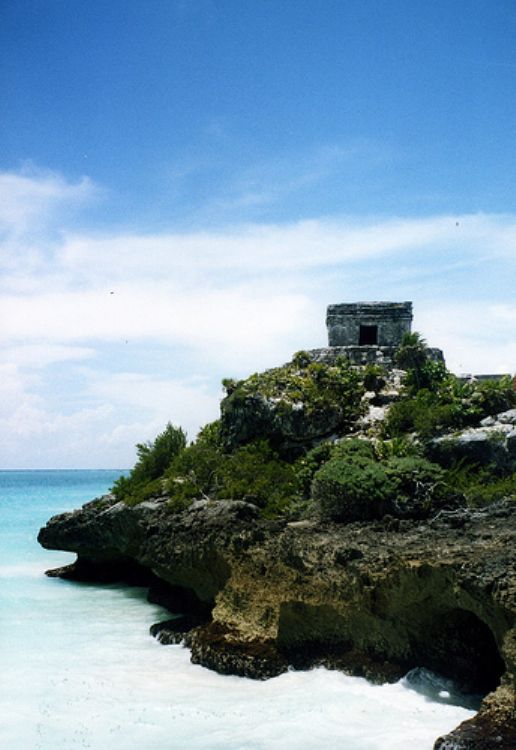
Quintana Roo, together with the Baja California states, represent the youngest entities in the Mexican Republic; however, as it intermittently belonged to the neighboring state of Yucatan, it is listed as the last of the Mexican federations.
As such, in order to get to known the history of this wonderful pre-Spanish and colonial peninsular state, interested parties should look into the state of Yucatan, as both were historically linked and belonged to the same territorial entity. It is as recent as the beginnings of the 20th century that the history of Quintana Roo started to be written, more precisely on November the 24th 1902, when the federal territory was officially created during the presidential mandate of Porfirio Diaz.
During this period of dictatorship known as the Porfiriato, Mexico saw the need to protect its southern border with Belize, which prompted the creation of the new entity, extending throughout 50,000 sq. kilometers and ruled in its first period by general Jose Maria Vega.
Years later, on June 1913, acting president Venustiano Carranza ordered the annexation of the territories of Quintana Roo to the state of Yucatan, only to revoke his decision two years later and giving the state its autonomy once again.
Nevertheless, such a situation was far from over, as the territories are once again rendered dependant in the year 1931, this time to the states of Yucatan and Campeche, arguing the burden it represented for the federal government as it was not yet a self-sufficient state. This period lasted for three years, until the situation is reverted once again by president Lazaro Cardenas.
This political intermittence sadly resulted in serious setbacks in terms of social and economic development for the region, so it was not until the year 1972 that the state could be declared as a "free zone" by president Luis Echeverria Alvarez, a sort of official certification that the state finally earned as it fulfilled certain requirements, such as having a population of more then 80,000 inhabitants and produce enough of an income to pay for its own public administration, among other demands.
By then, the transportation infrastructure needed to propel the state's tourist potential was already on its way, as three roads for crucial trajectories were nearly finished, Chetumal-Escarcega, Felipe Carrillo Puerto-Tulum, and Playa del Carmen-Puerto Juarez.
The 8th of October 1974 is the official date when Quintana Roo, the name of which honors local figure Andres Quintana Roo who contributed greatly to the creation of the entity, was finally and definitively designated as an independent and sovereign state of the Mexican federation.

Jesus Malverde
Jesus Malv...
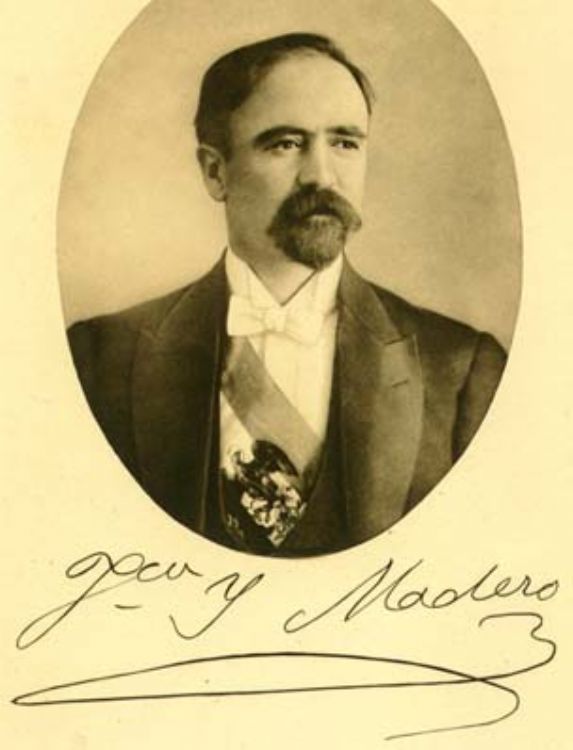
The Mexican Revolution has been one of the political-soci...

The Coat of Arms, Flag and National Anthem are the most i...

Pozole is a delicious dish prepared with corn, meat, pepp...
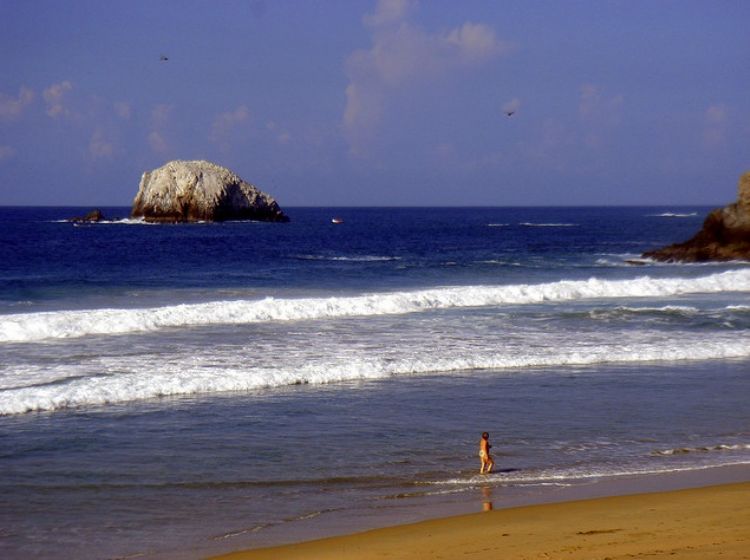
The acceptance of these tourist areas began in the 70'...
.jpg)
It is very common in Mexico to hear fantastic stories tha...

Until 2013, Article 27 of the Constitution gave exclusive...
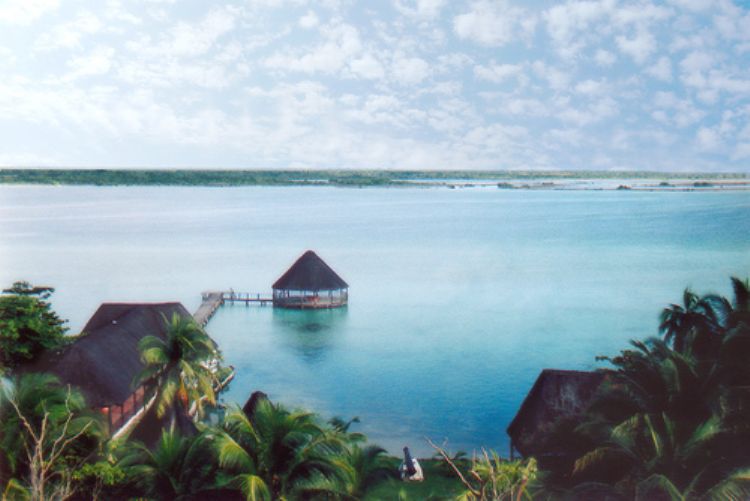
Bacalar is located to the north of Chetumal in Quintana R...

Contoy Island is another of the natural beauties that we ...
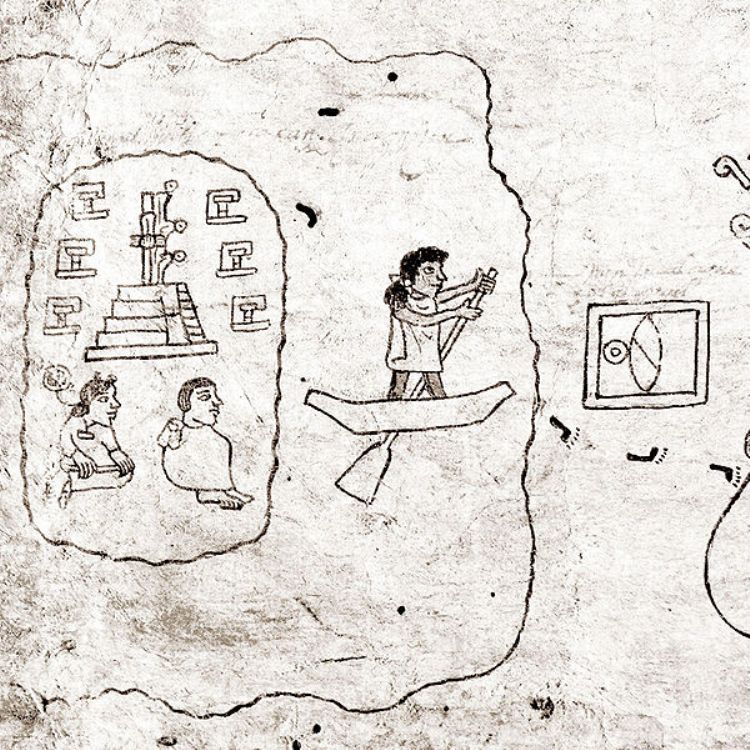
The Aztec Empire, also known as Mexica, was formed by cer...

The oil industry in the world has changed dramatically in...
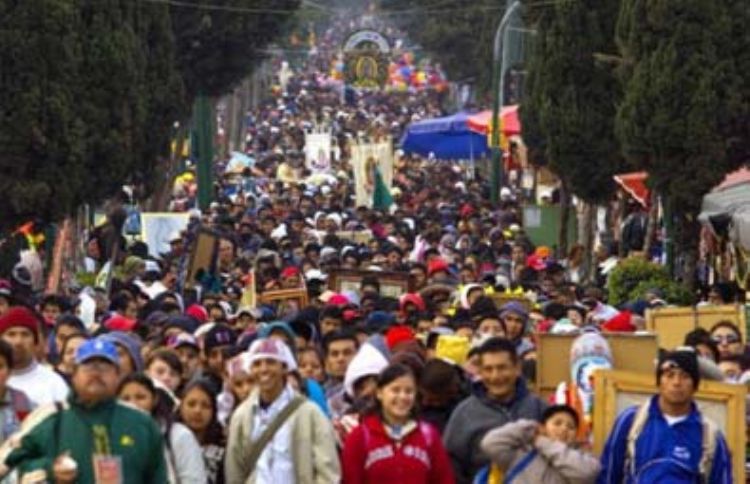
Ever since the Middle Ages, pilgrimages were the way to r...
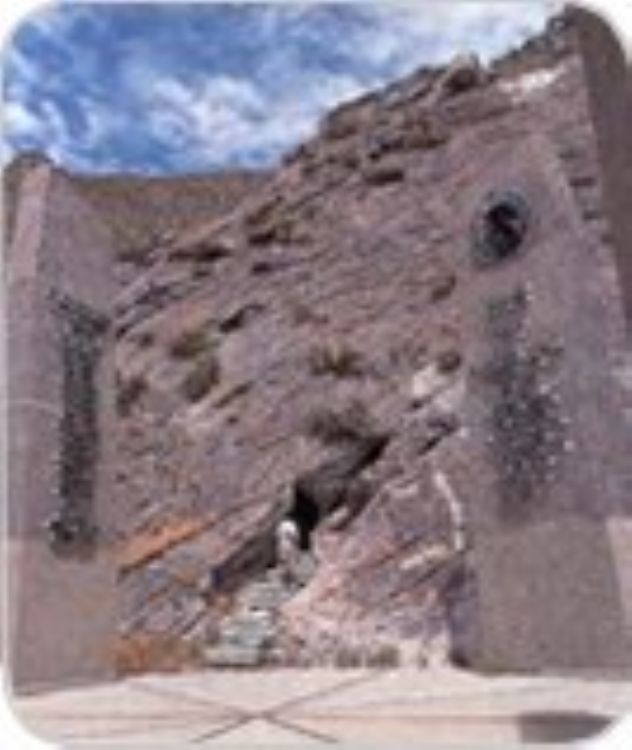
During the War of Reform, the confrontation between liber...

Traditionally, the Comisión Federal de electricida...

Have you ever wondered what it must feel like to touch a ...
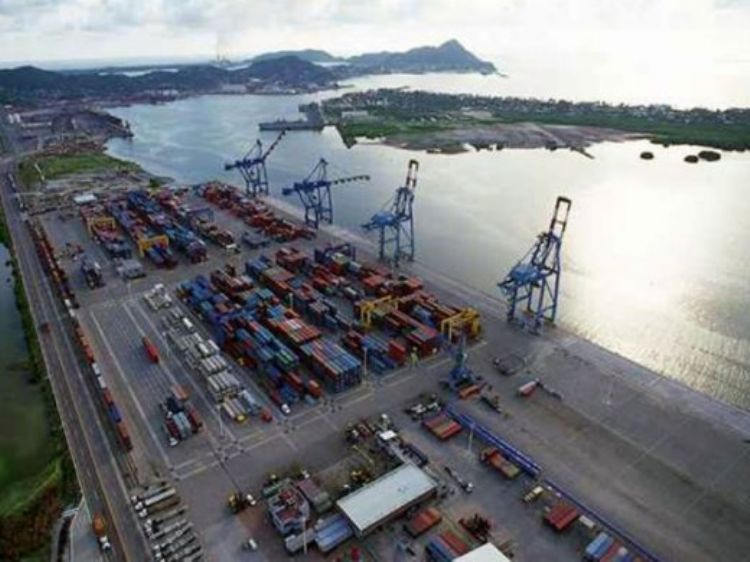
Port of Ensenada; This port is located on Mexicoâs nort...
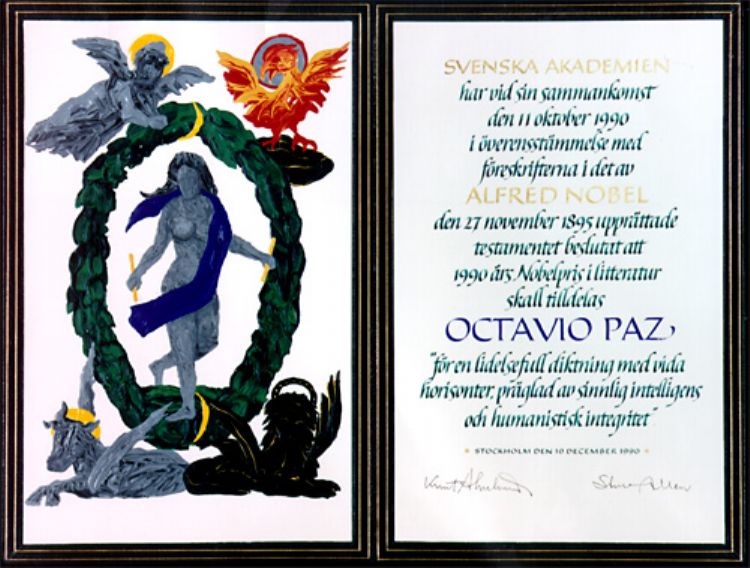
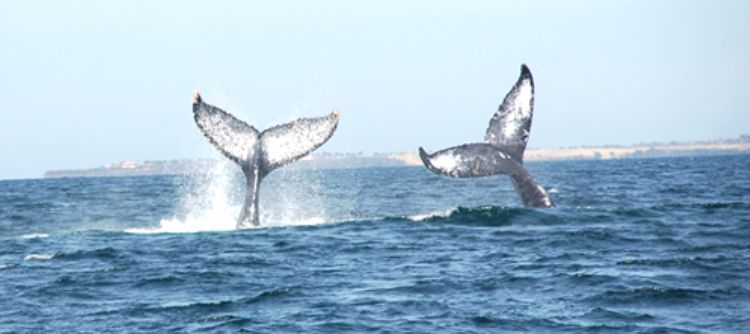
Puerto Vallarta for its geographic situation was directly...

Remedios Varo was born on December 16, 1908 in Gerona, Sp...